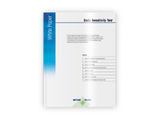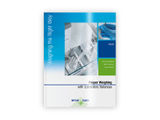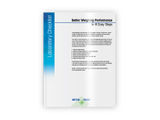To use all functions of this page, please activate cookies in your browser.
my.chemeurope.com
With an accout for my.chemeurope.com you can always see everything at a glance – and you can configure your own website and individual newsletter.
- My watch list
- My saved searches
- My saved topics
- My newsletter
DecongestantA decongestant is a broad class of medications used to relieve nasal congestion. Generally, they work by reducing swelling of the mucous membranes in the nasal passages. Additional recommended knowledge
MechanismMost decongestants cause response from adrenoreceptor a1, chiefly responsible for vasoconstriction (a2 modulates adrenaline/noradrenaline levels, b1 is the most stimulating and increases cardiac output, b2 dilates the bronchial walls, and b3 induces lipolysis). The effects are not limited to the nose and these medicines can increase hypertension (blood pressure) through vasoconstriction, but most decongestants are not pronounced stimulants due to lack of response from the other adrenoreceptors. These are normally paired with antihistamines to lessen this effect, but they don't always even each other out. AdministrationThese agents are usually administered topically (by the intranasal route) or orally. ExamplesThe most common oral decongestants are pseudoephedrine and phenylephrine; phenylpropanolamine (PPA) is another, although it's no longer available in the US. Oxymetazoline and phenylephrine are a commonly available topical decongestants (nasal sprays). See also
|
|||||||||||||
| This article is licensed under the GNU Free Documentation License. It uses material from the Wikipedia article "Decongestant". A list of authors is available in Wikipedia. | |||||||||||||







